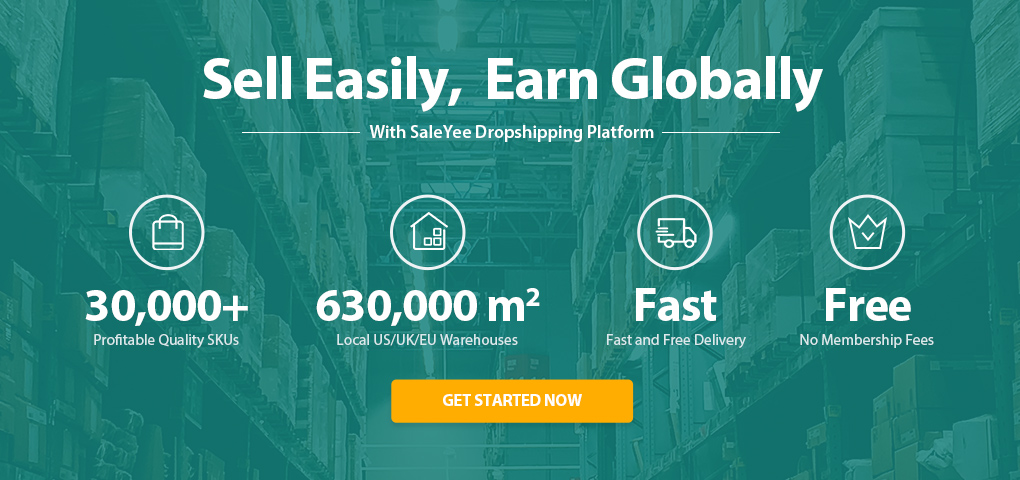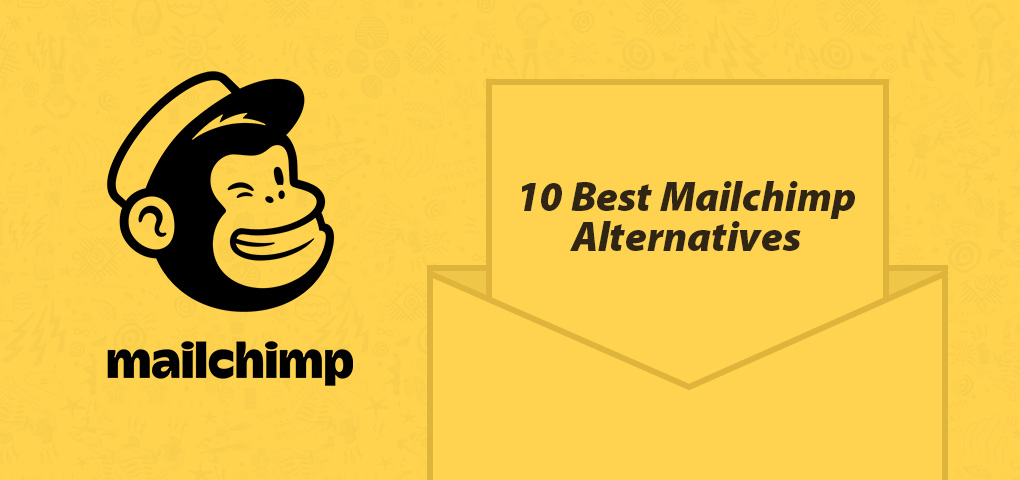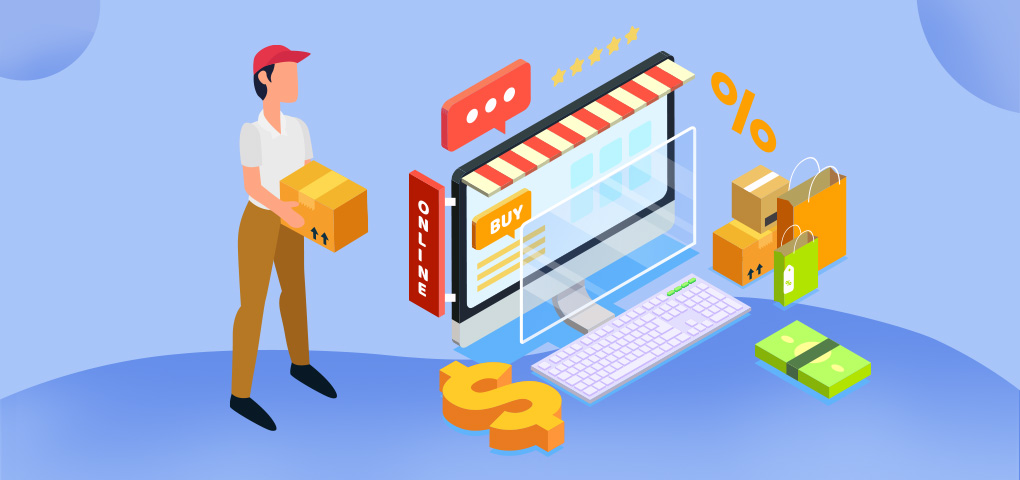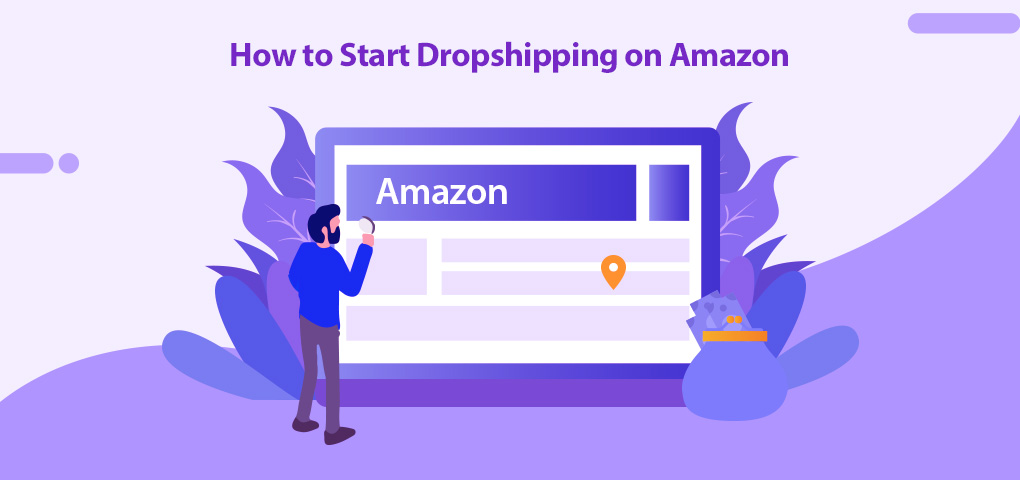E-commerce and email marketing go hand in hand. A viable strategy that connects the two or tool(s) that helps regulate the two can translate into sales after-sales.
Of course, this regulation includes seamless online payments, which is paramount to the success of online sales. In other words, the strategy or tool that we're talking about should be able to lead to the convenience of paying online in order to complete successful sales.
Paypal is THE top online payment platform that has helped small businesses integrate a faster and secure checkout to their websites. When a payment processing platform like Paypal joins hands with an efficient email marketing tool, small businesses like yours get ease of mind.
The word math of all of what we said above goes like this:
An efficient email marketing tool + Paypal + e-commerce = BOOM, sales, sales, sales.
It's not always that simple, though. However, the first step to that word math is getting your email marketing tool - MailChimp and its alternatives.
MailChimp Overview: Pros and Cons
MailChimp, a dedicated and drag-and-drop email marketing tool, has soared over the skies of email marketing for as long as we know. However, recently it has seen a decline in its user base because of a spike in price, and as some say, a decline in their overall service quality. But that might be an understatement since MailChimp boasts about its 4 Gold Stevie Awards this year.
Whatever the cause of its decline, other players have resurfaced significantly.
Before we could go into the details of those Mailchimp alternatives, even free ones, let's see what MailChimp has in store and what it lacks.
Pros
· It has a bigger reputation. Whichever industry you work in, branding and reputation are everything to the eye and mind of the buyers. Even email services pay heed to an email's origin or the sender. In this regard, MailChimp wins because it utilizes a lot of resources to not get your emails spammed.
· They focus on keeping things minimal and simple. You can find this on their dashboard. Everything is big and easy to understand so that even a non-tech savvy person can log in and create emails that convert.
· You can choose from hundreds of tested and tried email templates and just drag and drop designs in their dedicated trays.
· They have a phenomenal customer support team that works 24/7 and as we stated above, have won 4 prestigious awards for that.
· The company is known for innovative ideas around making email more useful for small businesses. So, whatever MailChimp is, it is for the best of your sales.
· MailChimp can easily integrate with more than 300 apps that are viewed as useful by the marketing world. Those apps include Paypal, to be more specific.
· Besides integration, it also has its own native apps such as MailChimp Snap and MailChimp Subscribe.
· You can create a free account right now and run it for $0 if you have less than 2,000 subscribers.
Cons
· The pricing curve increases steeply and all of a sudden if you have more than 2000 subscribers. They charge a whopping $199 per month when you upgrade to enterprise or business level· If you're transitioning from other email providers to MailChimp, you'll find it hard to get used to its jargon. That's because it does not follow the industry-grade language. For example, others call it "autoresponders", but MailChimp calls it "automation flows".
· Everything has a first easy step. For example, building forms or designing your emails. But as you go deeper, things get tricky and when you want to edit what you did in the first step, you'd have to go through everything all over again. There's no edit-on-the-spot feature.
· MailChimp is known for its frequent updates. For a non-frequent user, this can be cumbersome.
· The drag and drop features are omitted from native forms.
· Their customer service team might have won several awards, but they are only available in the Eastern time zone, which means you'd have to adjust your time zone with it.
All in all, MailChimp is still used by millions of business owners. However, something that's used by everyone does not necessarily mean it could be best for you.
And considering the price per month when you have more than 2000 subscribers, you might want to look into better MailChimp alternatives (free or otherwise).
Before that, let's have an overview.
Overview: A Side-by-Side Comparison
|
|
Freemium |
Starting price |
Lifetime deal |
Target customer |
Top features |
|
MailChimp |
✓ |
$10/month |
X |
Newsletter |
Drag and Drop |
|
Constant Contact |
✕ |
$20/month |
✕ |
SMBs |
Integrated CRM |
|
ConvertKit |
✓ |
$29/month |
✕ |
Personal brand |
Landing pages and sign up forms |
|
Klaviyo |
✓ |
$20/month |
✕ |
Growth marketers and online small businesses |
Analytics |
|
MailerLite |
✓ |
$10/month |
✕ |
Small businesses |
Pop-ups and landing pages |
|
SendGrid |
✓ |
$15/month |
✕ |
Business that need to send a lot of emails |
Twilio integration and email validation |
|
ActiveCampaign |
✕ |
$9/month |
✕ |
Marketing teams |
A/B testing and lead generation |
|
AWeber |
✕ |
$19/month |
✕ |
SMBs |
Automations and drag n' drop |
|
Hubspot |
✓ |
$50/month |
✕ |
A complete solution seeker |
Preview emails, and segment audience |
|
Sendinblue |
✓ |
$22.5/month |
✕ |
SMBs |
Friendly pricing |
|
Campaign Monitor |
✕ |
$9/month |
✕ |
Renowned brands |
Brand inclusion, E-commerce |
10 Best MailChimp Alternatives to Cut Costs in Email Marketing
1. Constant Contact vs MailChimp
Constant Contact is like a hybrid for programmers and drag-and-drop users. However, you'd have to be both to reap its complete benefits. When you do, you can create emails with its drag and drop builder, segment your audience, and bring in all the processes from event launch to promotions to one place.
It's been around for 20 years, so you can trust its experience.
Features:
- Perfect for nonprofits and small businesses
- Integrates with major apps and social media
- E-commerce integration
- CRM
Price: $20/month; no freemium
2. ConvertKit vs MailChimp
The customer support of MailChimp has deteriorated over the years, especially for those who don't share EST with them. However, you can go for ConvertKit instead as it has one of the best customer support systems. In fact, this is what gave it space among the top players in the market after its launch in 2013.
First, it only targeted bloggers, but as it rose in popularity, it started rolling out changes for small businesses.
Features
- No cumbersome controls in the control panel
- Industry compliance
- Suitable for authors, bloggers, and other solopreneurs
- Has a free plan
Price: Starts at $29/month
3. Klaviyo vs MailChimp
When it comes to the data battle of Klaviyo vs MailChimp, Klaviyo definitely wins. Other than offering marketing tools, it offers marketing analytics based on your customer data. You can use this data to personalize your email after segmenting your audiences. Klaviyo makes great use of social media and if you want to tap into that treasure trove, you should go for it.
Features
- Wider analytics and data processing for robust targeting
- Audience segmentation
- Customer profile creation
- Social media optimization
- Great for growth marketers
- Has integrations with all major social media platforms
Price: Starts at $20/month after you pass the 20 subscriber threshold
4. MailerLite vs MailChimp
MailerLIte was launched in 2010 with its main focus on list building. So, if you want to grow your newsletter subscriptions with the help of an easy to use email builder and design-savvy tools, then go for MailerLite.
It offers some automation, but at the center of everything, it focuses on growth.
Features
- Stylish email creation for designer brands
- Offers plenty of useful integration
- Competitive price
- Options and functions meant to grow your following
Price: $10/month after 1,000 subscribers and 12,000 free emails monthly.
5. SendGrid vs MailChimp
The learning curve of MailChimp for beginners and intermediate users can be hard. When it comes to coders and programmers, doing that is their routine work. However, since they know the craft, they always want something extra out of their emails, and that's where you should opt for SendGrid if you're a programmer.
It offers customization based on coding; thus, making itself more of a technical platform. And as it is tech-savvy, it can process gazillions of emails just like that.
Features:
- You can target social ads for high volume emails
- Perfect for businesses that send many emails at a time
- Provides groundbreaking analytics based on many factors
- Email validation and integration with Twilio
Price: $15/month after 2,000 contacts and the need to send more than 6000 emails per month.
6. ActiveCampaign vs MailChimp
You'd most likely wish to achieve full sales funnel automation once you've grabbed those prospects and converted them into your customers. That's exactly where ActiveCampaign can help you. As the name suggests, you can create active campaigns that work in the background with full automation. You can even build new sales funnels that work on their own.
Besides that, you can learn plenty of other ways to make use of it by studying from its resources.
Features:
- Complete automation when it comes to drop campaign segmentation
- Acts as a CRM
- Phenomenal A/B testing service
- Lead maturing tactics
Price: Starts at $9/month
7. AWeber vs MailChimp
AWeber focuses on creating viable connections with the help of actionable and yet severely simple newsletters. Like MailChimp, you only drag and drop things, but unlike it, you can edit it as you like. For small business owners, this platform can work great because it steers clear of any unwanted and unnecessary tools and options. This way, you get a clutter free email composing suite that you can use to scale.
Features:
- Plenty of newsletter templates
- Great for solopreneurs
- Simple sign up forms
Price: $19/month
8. HubSpot vs MailChimp
HubSpot was created in 2005 with an aim to converge every marketing tool into one simple to use and automated platform. That's exactly the benefit of using HubSpot over MailChimp. Yes, the latter one also offers integration, but sometimes keeping up with them takes a toll on your overall marketing strategy. Therefore, if you only want to fiddle with the basic email marketing, then this platform should be yours to use.
Features:
- Offers plenty of integration with basic marketing
- Lets you segment the audience and preview your emails
- You can get loads of other HubSpot apps working in your dashboard
- Sales tools are included in the price
- Segregated business marketing tools in one place
Price: Starting with $50/month
9. SendinBlue vs MailChimp
If you're worried about hitting that 2000 subscribers limit in MailChimp and paying that hefty fee, then transition to SendinBlue. Why? Because it offers a lot more for a very low fee. You can use its integrated HubSpot-like platform where every tool is at your disposal for that low fee.
Features:
- Cheap as compared to MailChimp for scaling your business
- Clutter-free use
- Integration with major apps
- Drag and drop email creation
Price: $22.5/month after passing the 300/day threshold of free emails.
10. Campaign Monitor vs MailChimp
Launched in 2004, the Campaign Monitor is heavy on the graphics and the general feel of an email. You can create multiple campaigns at once and deal with them all differently from styling to creating new visuals, all the while tailoring them to your brand.
Features
- Great for nonprofit organizations because of its stunning visuals
- You can truly create branded emails
- Drip features
- Seamless integration with e-commerce
- Perfect for already running brands
Price: $9/month
Learn more: 5 Email Marketing Strategies That You Should Use for High Conversion
Conclusion
So, this was the list of MailChimp alternatives. Some of them offer freebies while others don't. However, before selecting any of them, revise your strategy, and see your needs. That is necessary to do because all of the email providers focus on a specific niche.
For the latest articles on marketing, stay tuned with SaleYee Blog, or become our registered users to receive our weekly digests of selected articles for free. Registered users can also enjoy free membership and big discounts to dropship top-selling products at better prices.




